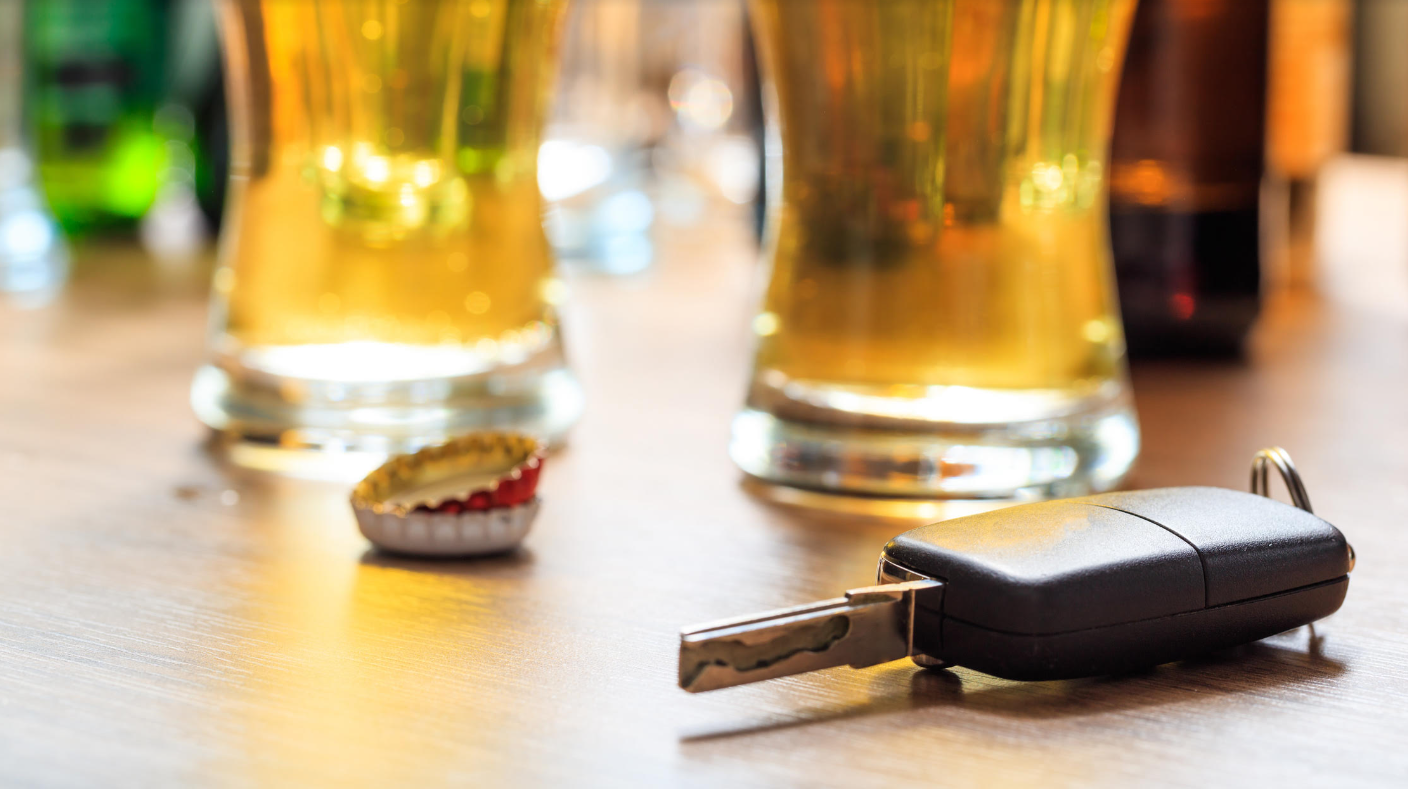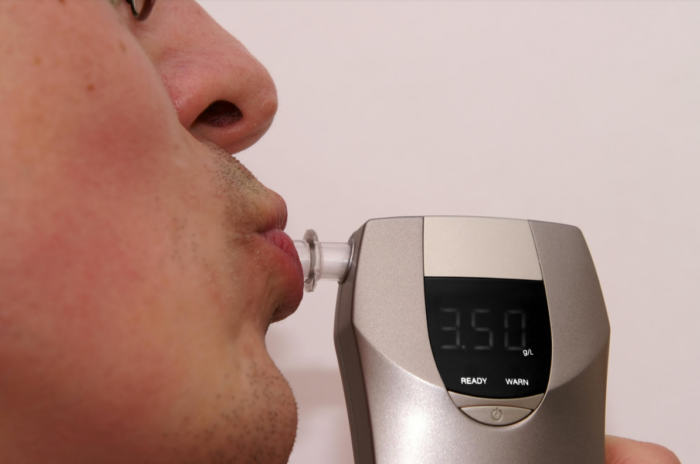
Did you have a glass of wine and forgot you had to drive? Or maybe you celebrated all night and don’t know when it’s safe to drive without alcohol in your breath? If you don’t have a special device, you can also calculate it online or just roughly at home. However, it is only an approximate way of recalculating. Never take risks and do not sit behind the wheel unless you are completely sure.
By using various calculations, you can determine the approximate amount of alcohol in your blood. Calculations can also be used to determine the amount of residual alcohol in the blood. We are interested in these calculations mainly when we plan to sit behind the wheel.
When calculating residual alcohol in the blood, it is necessary to consider several factors, such as weight, sex, the amount of alcohol, and the time when alcohol was consumed.
The most accurate way to determine residual alcohol in the blood is to perform a blood test. However, this test requires a visit to a doctor and a medical facility, which is not always practical. Alternatively, you could use a calibrated alcohol tester, known as a breathalyzer, but this too can be a problem as not everyone has such a special device at home.
An alternative may be to use a residual alcohol calculator. These calculators are usually based on calculating the amount of consumed alcohol, the weight of the person, the time period, and the sex. If we know all these parameters, we can roughly calculate the residual alcohol in the blood.
Help in Online Calculators

There are various online residual alcohol calculators that you can use. Although, it is important to note that these calculators are only an estimate and may not be entirely accurate. Therefore, you should always consider how you feel.
If you have any doubts about your ability to perform certain activities, you should take time to recover. Driving a vehicle is mainly included among these activities.
You can also take steps to ensure that alcohol does not remain in your body for too long or try to break it down faster. However, it is worth noting that the breakdown of alcohol in the blood depends on the weight, sex, and height of the person.
Alcohol, or ethanol, is broken down in the blood by the enzyme alcohol dehydrogenase (ADH). It is mainly found in the liver, stomach, and kidneys.
Breaking Down Alcohol

In this case, an important factor is time and, of course, the amount of alcohol consumed. As soon as alcohol enters the bloodstream, the body starts to break it down. However, the rate at which alcohol is broken down depends on several factors, such as the amount of food consumed before drinking, the type of drink, and individual body composition. Therefore, it is always best to wait a few hours after consuming alcohol before driving or performing other activities.
Time is the best helper when processing alcohol. Therefore, if you feel that you have consumed too much alcohol, you must wait a few hours for the alcohol to evaporate from your breath.
You can also influence the amount and speed of alcohol processing in the body by drinking enough water while consuming alcohol. Water helps improve the metabolic process and dilutes alcohol in the blood. When drinking alcohol, the body tries to eliminate it from the body using the kidneys and bladder.
Drinking water supports this process and helps the body excrete alcohol faster. However, it is important that it is clean water. Sweet waters help alcohol to bind to sugar, and blood alcohol levels can increase instead of rising. Sugar increases the level of insulin in the body, and this increases the absorption of alcohol from the digestive tract.
Do not forget to eat while consuming alcohol. A diet rich in protein and fat can help increase the metabolic process and improve the elimination of alcohol in the blood. We can also use exercise to speed up metabolism. Exercise might help. Don’t forget fluids in this case either.
How Long Does It Take Then for One Beer, Wine, or Spirits to Leave the Body?
We can estimate the approximate time it takes to eliminate alcohol from the bloodstream of a man who is 180 cm tall and weighs approximately 85 kg. For a woman who is approximately 165 cm tall and weighs 60 kg, alcohol is metabolized about 1.6 times slower.
For a man, it takes about 2.15 hours to metabolize half a liter of 10° beer. The same amount of 12° beer takes about 30 minutes longer to metabolize. With two deciliters of wine, it takes about 2.48 hours, and with half a deciliter of spirits, it takes about 2 hours and 10 minutes.
What Is Alcohol?

It is a drink chemically characterized as ethanol and ethyl alcohol (C2H5OH), composed of carbon, hydrogen, and oxygen. Our ancestors already knew it in prehistoric times when they discovered the charm of fermenting fruit or grain. It is made precisely from the mentioned fruit, vegetables, or grain, by fermentation, distillation, boiling or their combination.
It is therefore a drink with different tastes and consistencies. It is associated with the effects on people’s psyche and social behavior. It causes a slowing of reaction readiness, attention, and affects coordination of movements, and with the consumption of a larger amount, it can lead to memory lapses. In some individuals, it causes relaxation but also anxiety or aggression.
Alcohol and Addiction to It
Alcohol also causes addiction. Alcoholism is statistically the most widespread type of addiction, affecting up to 380 million people worldwide according to available data. In Slovakia, up to 5 percent of the population is dependent on alcohol.
Alcoholism is a disease characterized by a strong desire to consume alcohol, loss of control over the amount of alcohol consumed, and increased tolerance to alcohol. If someone suffers from alcoholism, it can have a negative impact on their physical and mental health, family relationships, work, and social life.
Alcoholism can be recognized based on several signs. The first symptoms are always the least specific. It can be insomnia, loss of appetite, and nausea and vomiting may appear. Later, we notice weight loss and associated weakness or paresthesia of the lower extremities. Foot drop caused by impairment of the fibular muscles may occur. We see this in the fact that the person stumbles and has an uncertain gait.
The most typical signs of alcoholism are manifestations such as ascites or a liquid filled abdomen. There is also a prominent vein pattern on the abdomen, the so-called caput medusae. Yellow discoloration of the skin, mucous membranes or sclera, palmar erythema and spider nevi also occur. These individuals are often aggressive, vulgar and their intellectual abilities are very limited.
Alcohol demonstrably damages the mind and memory of the consumer, but it also contributes to the development of a wide range of somatic diseases, particularly neurological, cardiovascular, respiratory, skin, and endocrine diseases. It can also affect the blood and blood-forming organs, the digestive tract, and the kidneys and urinary system.
Insomnia is also typical for alcoholism. The cause of insomnia in alcoholics is damage to the REM sleep stage, the time of highest brain activity during sleep.
The Development of Alcoholism

There are several factors that can contribute to the development of alcoholism, including genetics, social environment, and psychological factors. For example, if someone has family members with alcoholism, they are more likely to become alcoholics themselves. This has been demonstrated by studies of twins and adopted children. However, it is not a rule, but rather a predisposition.
Life events such as stress, losses, or conflicts in family and work can also contribute to the development of alcoholism. It can also be due to various psychological factors, such as depression, anxiety, or low self-esteem. These problems can also play a role in the development of alcoholism. Some people may turn to alcohol to cope with these issues. Alcohol abuse can lead to physical dependence on alcohol, meaning that the body becomes accustomed to regular alcohol intake and suddenly needs it to maintain a normal state.
Conclusion
It is important to realize that alcoholism is treatable and there are various forms of treatment that can help manage the desire for alcohol and reduce the negative consequences of alcoholism.














